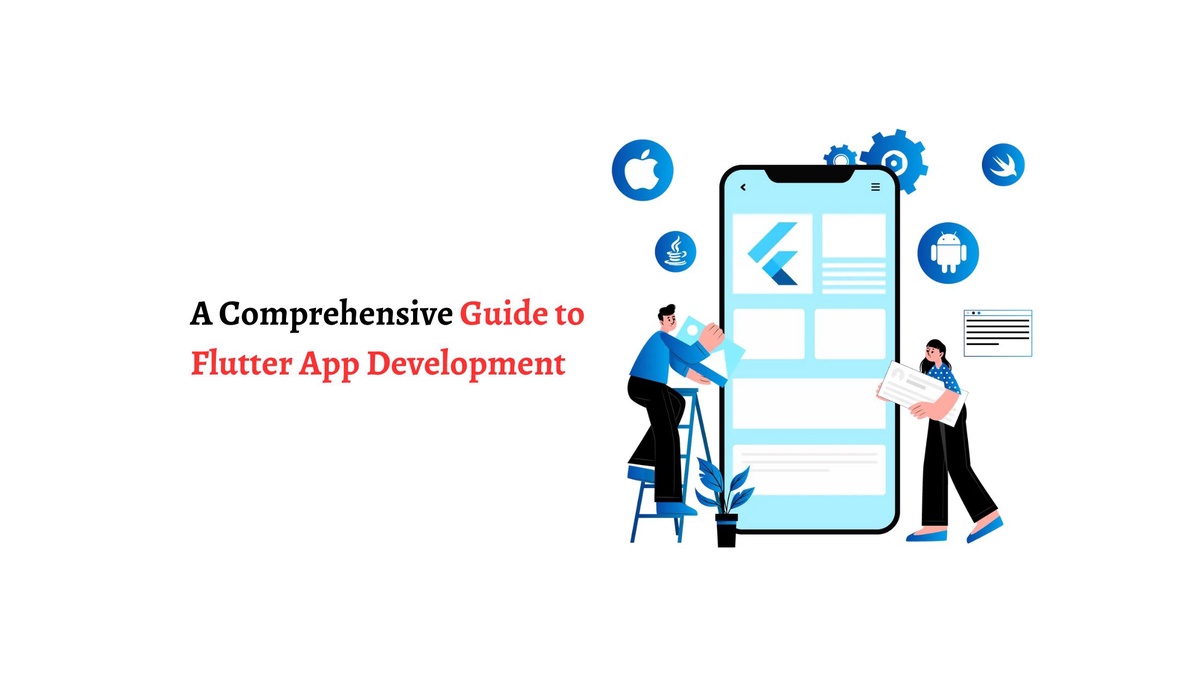Flutter is one of the most preferred cross-platform app development frameworks due to its wide range of benefits. This includes native app-like performance, fast development, a rich widget library, a UI toolkit, and more.
Moreover, it offers various advantages to businesses, helping them develop fast and consistent-performing apps cost-effectively. Consequently, many companies want to build an application that performs seamlessly across multiple platforms.
However, many parameters must be considered when developing a Flutter app, such as:
- What type of application will you build?
- What features will you integrate?
- What are your future goals?
Therefore, the Flutter app development company you hire must align with your business goals and requirements.
Flutter App Development: Start Your Project With These Steps
Step 1: Define Clear App Objectives and Business Targets
The first phase of Flutter app development involves comprehensively gathering project requirements. This step can be performed efficiently by defining app objectives, potential outcomes, and business targets.
Step 2: Prioritize App Features and Functionality
The required features and functionality of the application will change depending on the app category, such as:
- eCommerce,
- eLearning,
- social media,
- or telemedicine.
Therefore, deciding and prioritizing the features you want to integrate into your Flutter app in this step is essential for effective app development.
Step 3: Design Application User Interface
Once you have gathered all the requirements and decided on the app features, it is time to map the user journey. This will give developers an idea of how users interact with these features. Focus on creating an intuitive, interactive app design for an enhanced user experience.
Step 4: Begin the Flutter App Development Process
Now that you have a prototype of the Flutter app, it is time to develop and integrate these features to create a full-fledged application that works seamlessly across various devices. Since the Flutter framework has many ready-to-use widgets and libraries, developers can utilize them for a smoother app development journey.
Do you want to explore these phases of app development in depth? Read our comprehensive Flutter app development guide, which covers everything from cost to process to features and integration.
Step 5: Conduct App Testing
Your work does not only end after the app development since you have to ensure your app’s functionality works as intended. That’s when a meticulous app testing process comes into play. Test your Flutter app under various environments and scenarios to ensure it works efficiently under any circumstances.
Step 6: Launch Your Flutter App
Once you are satisfied with your app's performance, you can launch it for your users. As required, submit the app to the App Store, Play Store, or client server. After your application passes the necessary requirements of the chosen app store, it will be live for the users.
Conclusion
With a large and growing community of developers, Flutter is an exceptional framework for multi-platform app development. A single codebase (using Dart programming language) ensures a unified app development for various platforms.
Therefore, opting for custom Flutter app development services can help you meet your user needs and scale your business. Moreover, working with experienced developers combined with powerful Flutter framework capabilities can provide you with the competitive edge you require in the market.


No comments yet